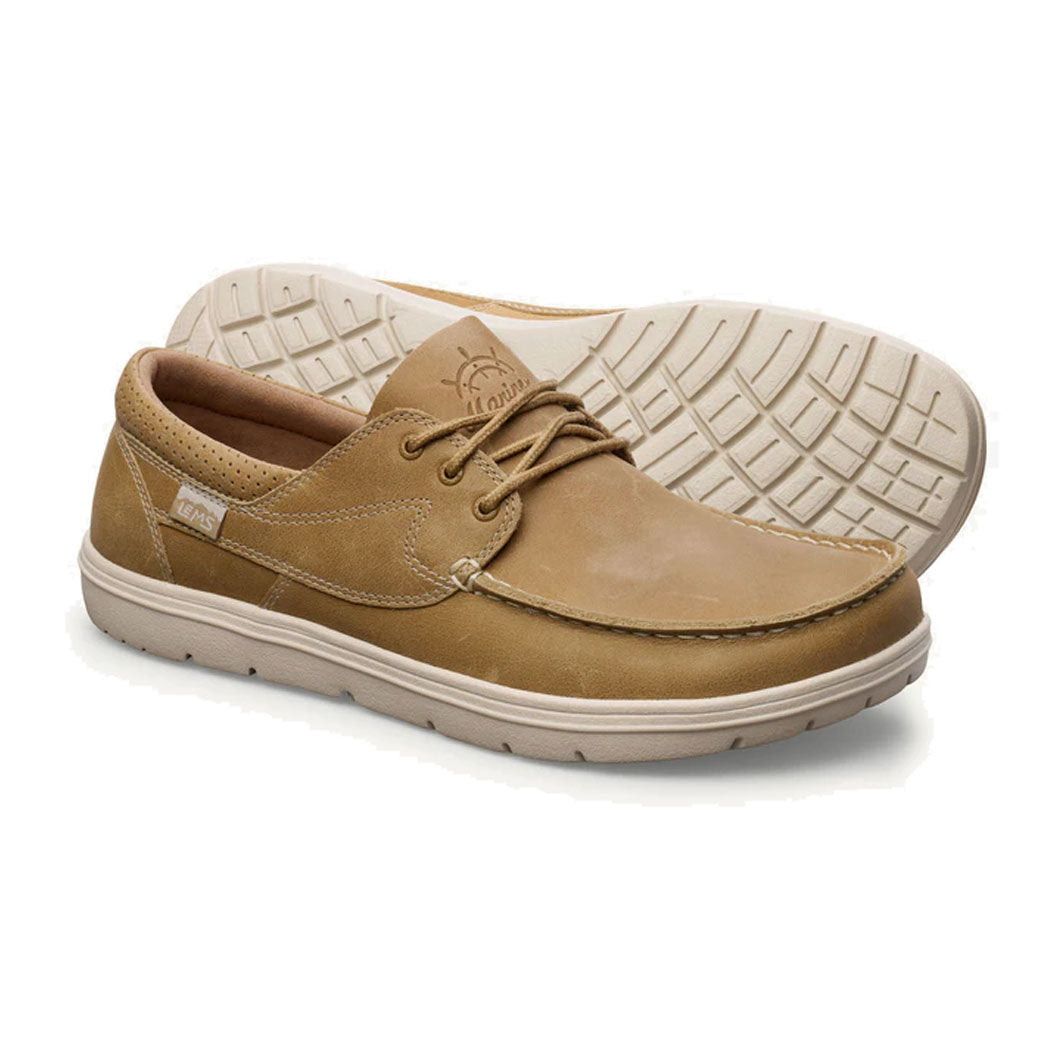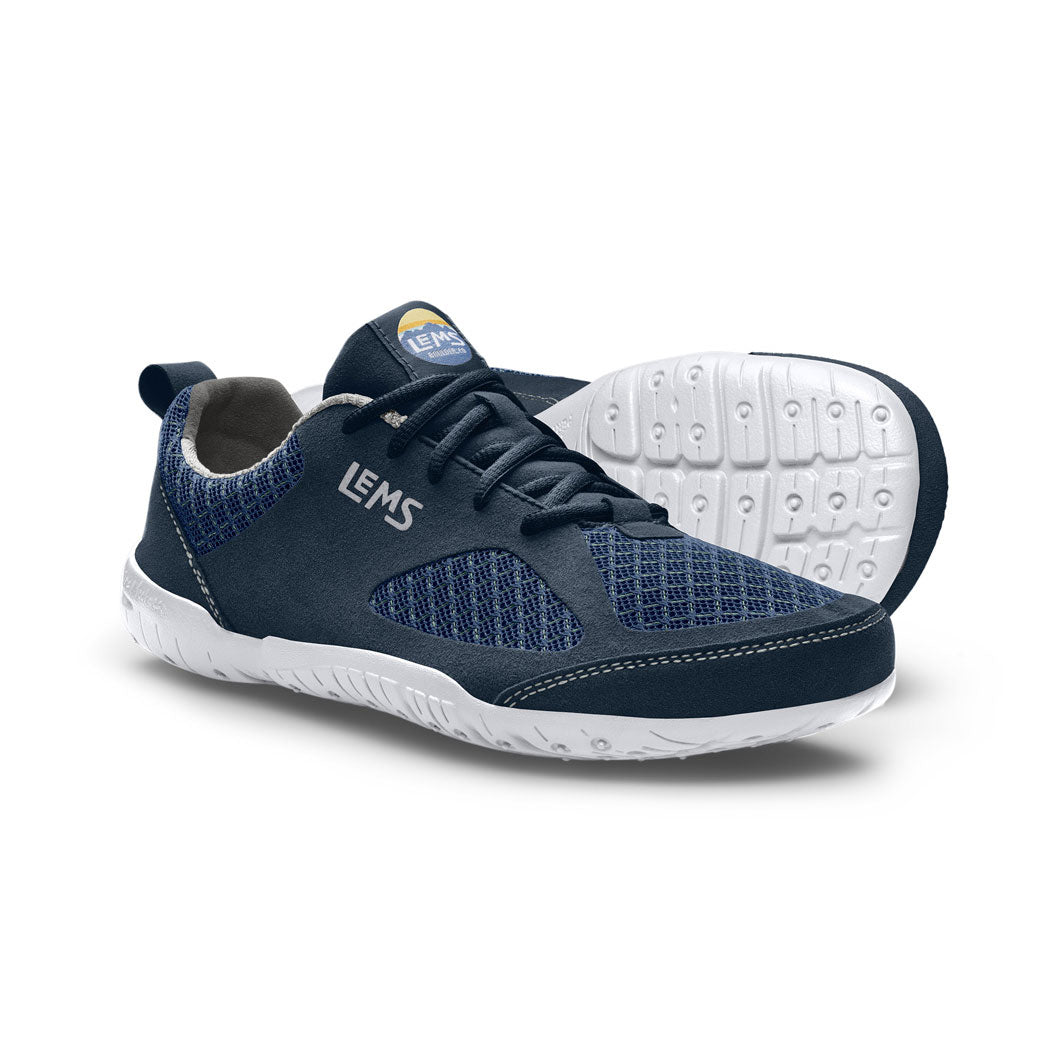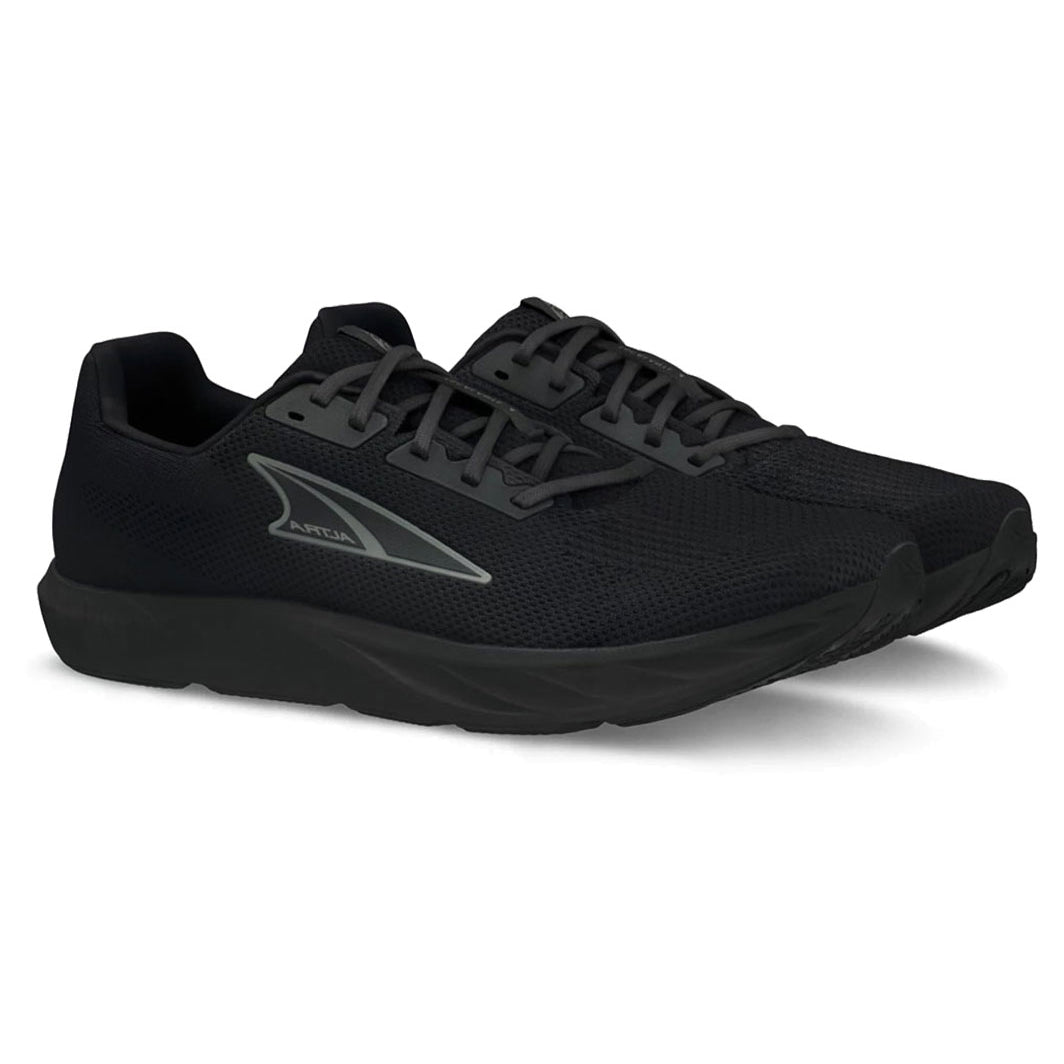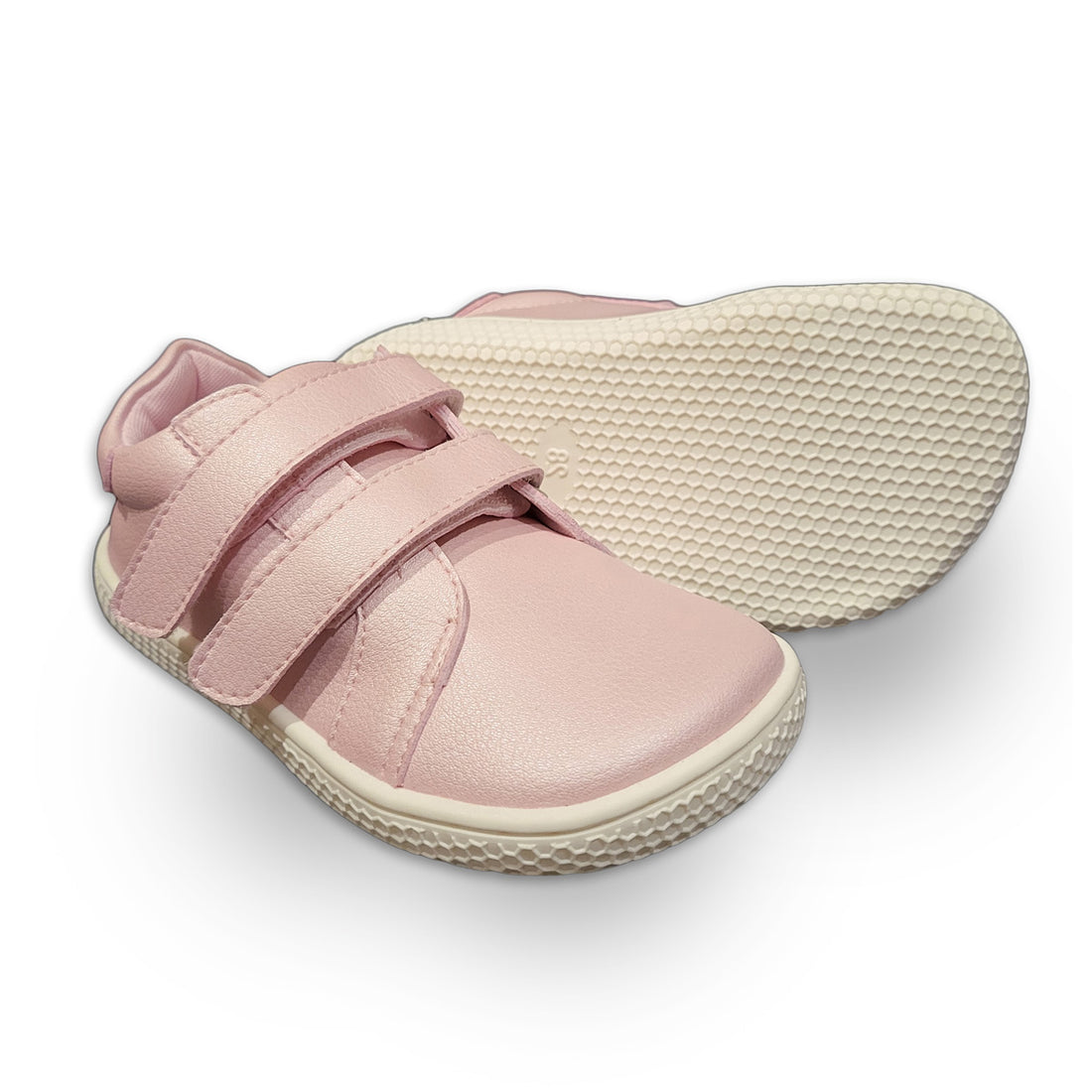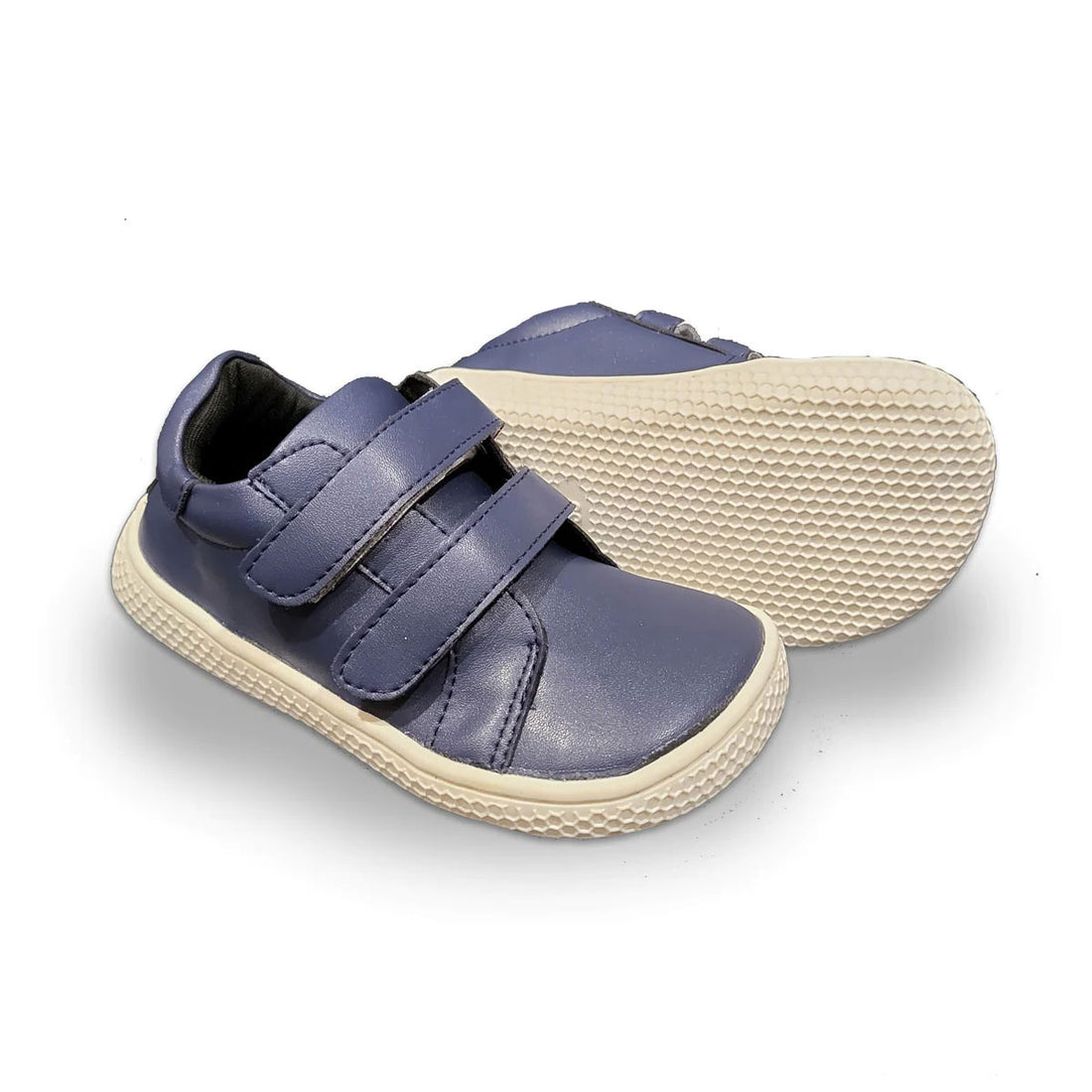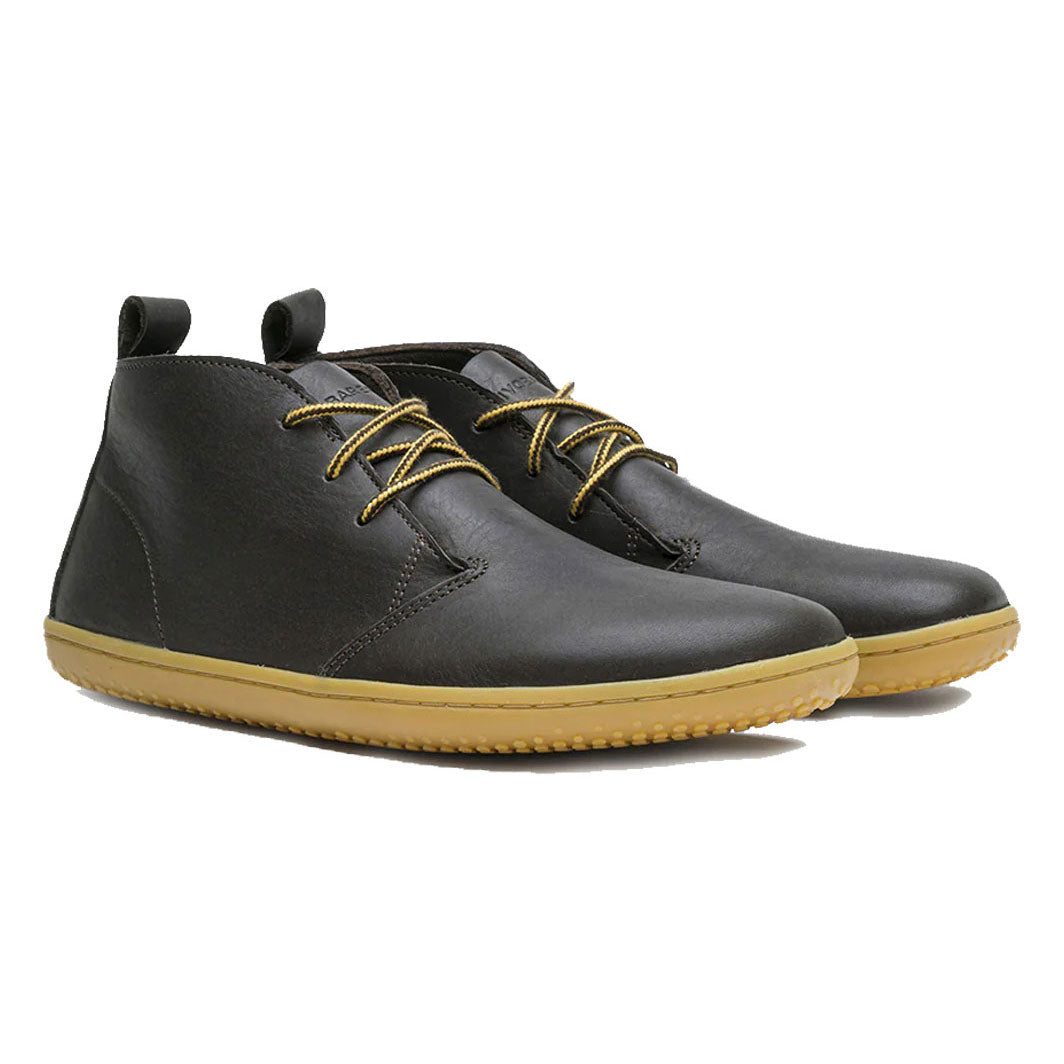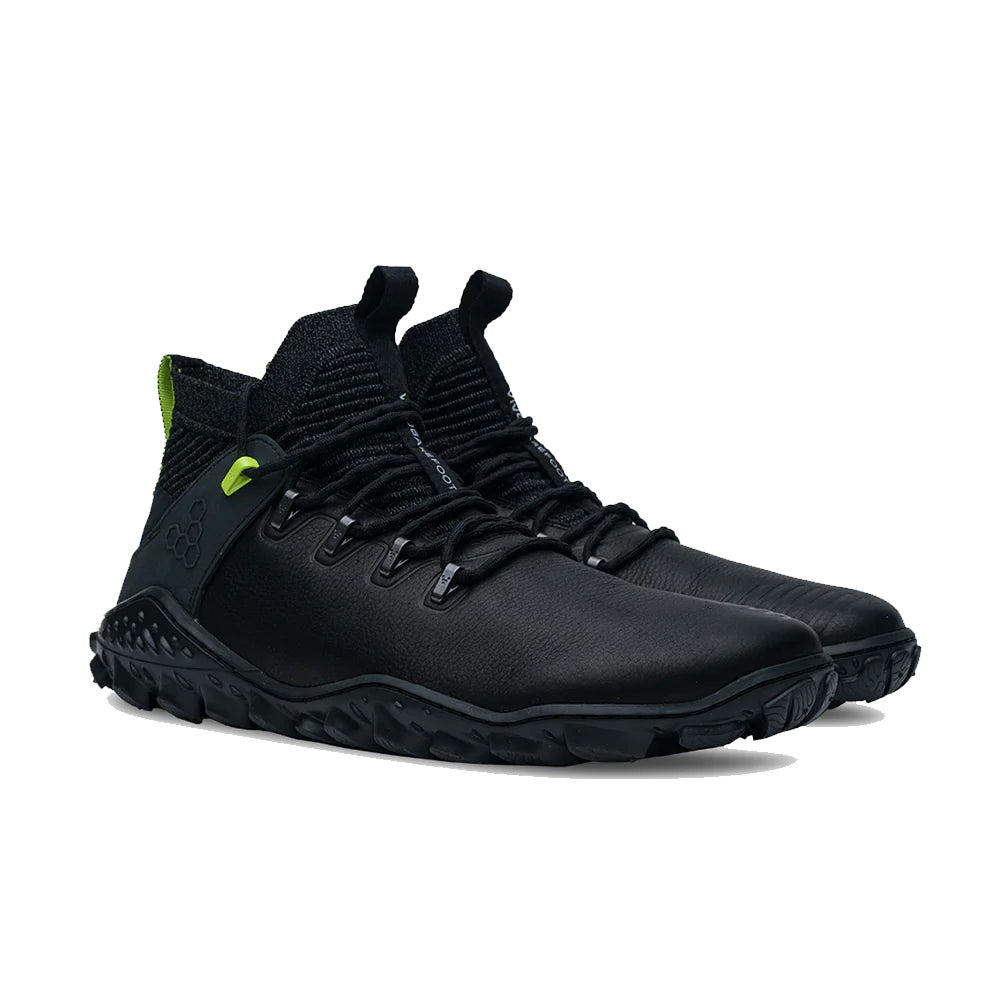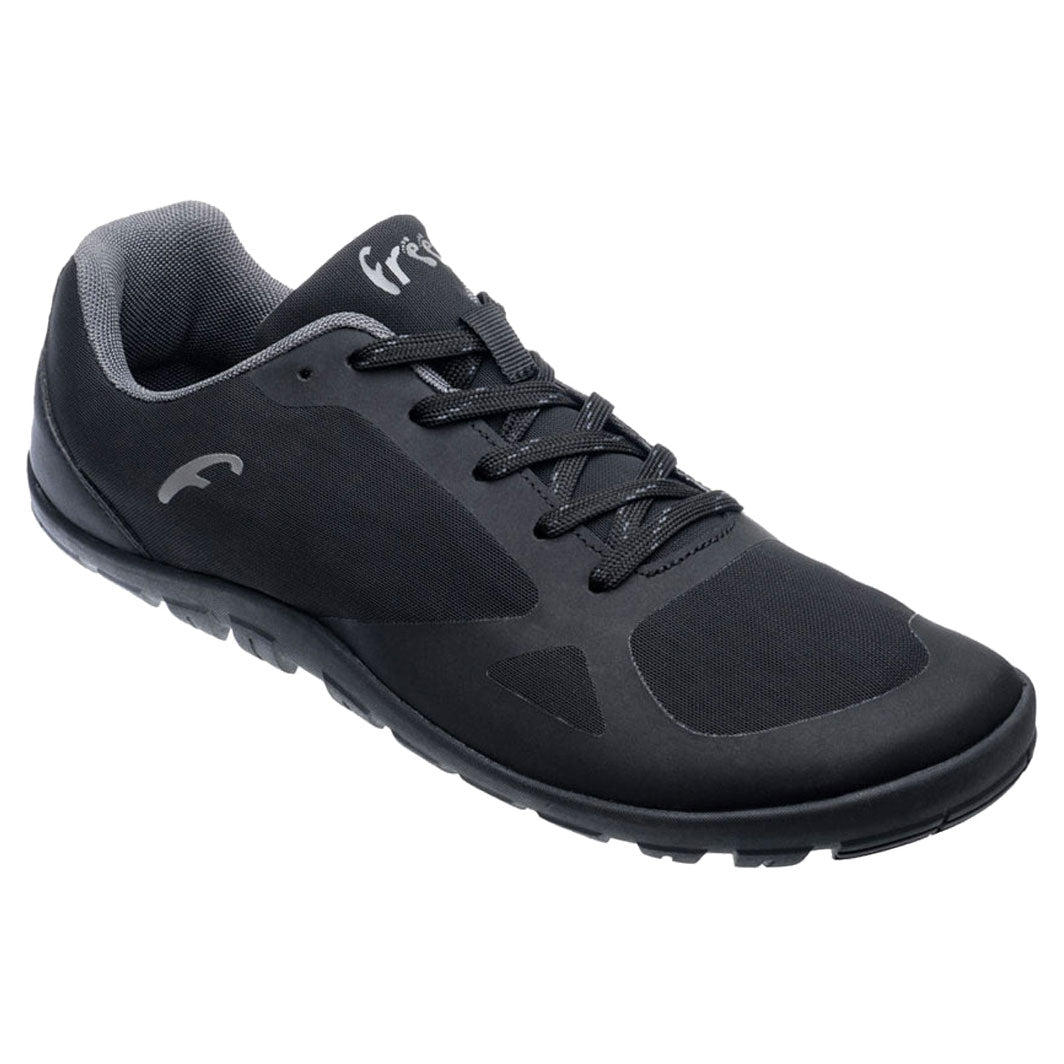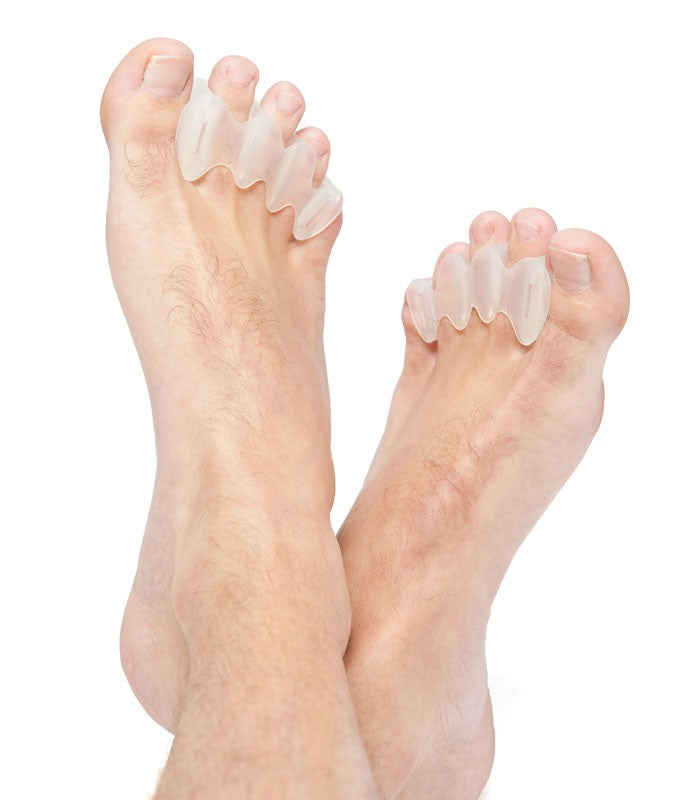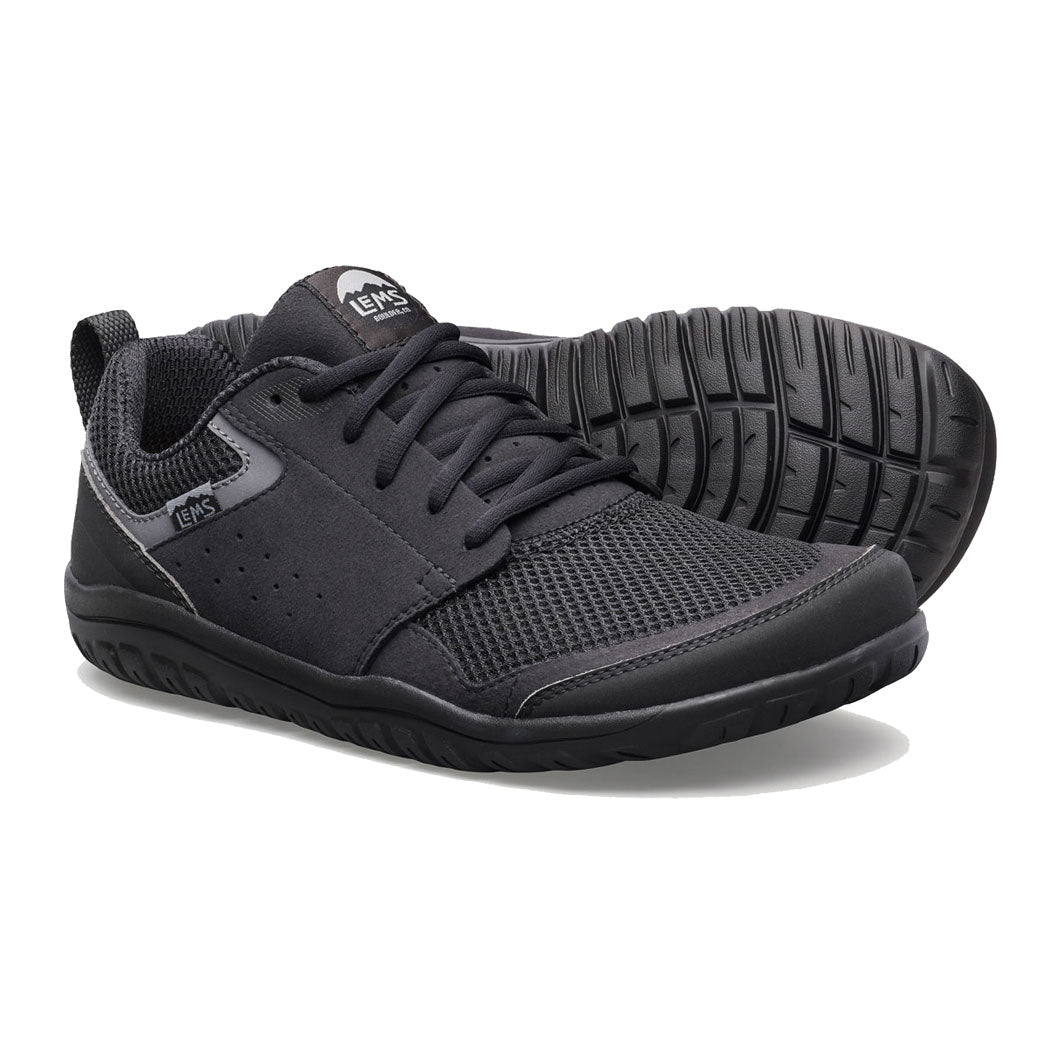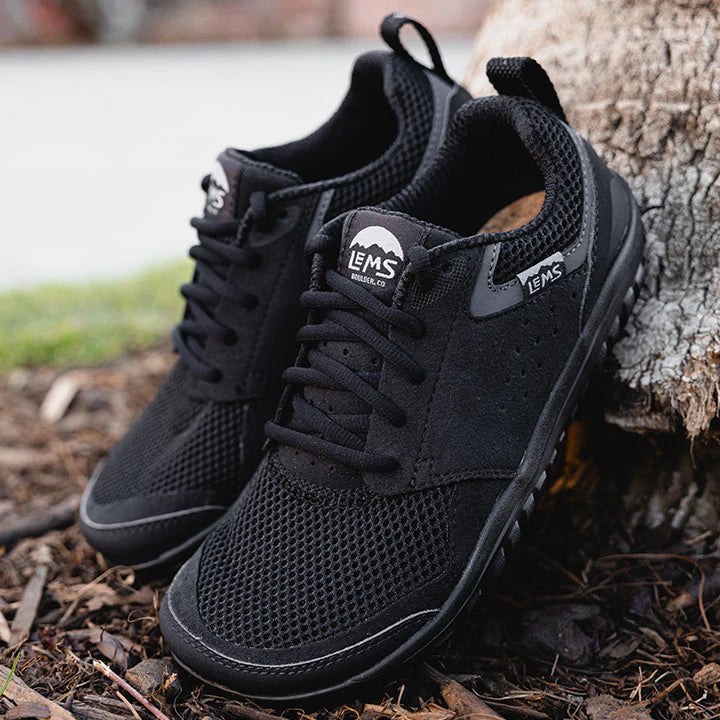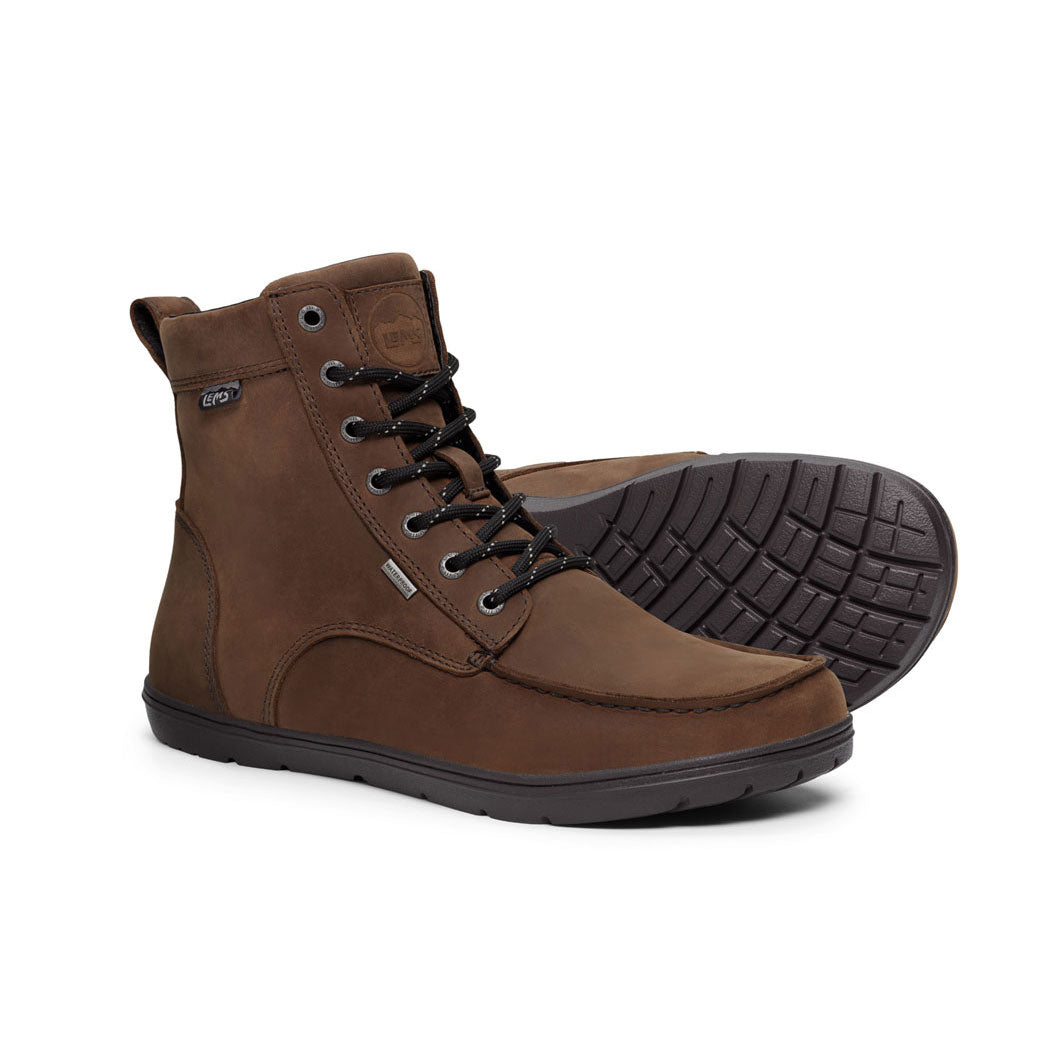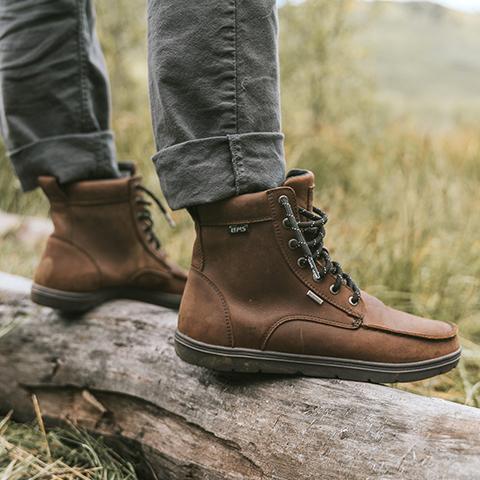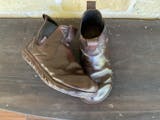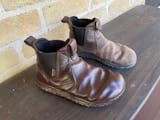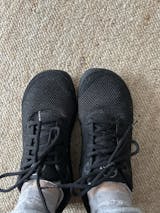Top Reasons to Try Zero Drop Shoes
Zero drop shoes have been gaining attention in the wellness and fitness world—and for good reason. With a growing focus on natural movement, posture correction, and foot strength, zero drop shoes are quickly becoming a go-to for health-conscious individuals.
But what exactly are zero drop shoes, and why are so many people ditching their traditional sneakers for this minimalist design? This guide explains the benefits, science, and real-world uses to help you decide if it’s time to make the switch.
What Are Zero Drop Shoes?
"Zero drop" refers to the level of difference between the heel and toe of a shoe. Traditional shoes elevate the heel above the toe, often by 8-12mm. In contrast, zero drop shoes keep your heel and toes at the same level, mimicking your natural barefoot stance.
This design is commonly found in barefoot shoes, which also feature wide toe boxes and flexible soles to support a more natural walking and running experience.
Looking to shop? Browse Bprimal’s collection of zero drop shoes for women, men, and kids.
Why Switch to Zero Drop Shoes?
Let’s explore the top reasons why zero drop shoes may be worth trying.
1. Promotes Better Posture and Alignment
When your heels are elevated, your body compensates by tilting forward, which can lead to poor posture and back pain over time. Zero drop shoes allow your body to align naturally, promoting upright posture from the feet up.
This is especially beneficial for those with chronic neck, shoulder, or lower back discomfort.
2. Improves Balance and Stability
Because zero drop shoes keep you closer to the ground, they enhance your body’s ability to balance and respond to uneven surfaces. This increased proprioception (awareness of your body’s position in space) is helpful for everyday walking, functional training, and even yoga.
Find the perfect balance with our barefoot casual shoes for women.

3. Supports Natural Foot Function
Modern footwear often restricts toe movement and encourages heel striking. Zero drop shoes, on the other hand, encourage your foot to move and flex naturally. This can help improve foot strength and encourage a more efficient walking or running gait.
4. Reduces Risk of Injury
A zero drop platform allows for a more even distribution of weight across your foot. This reduces the impact on specific joints—especially the knees and lower back—and may help prevent injuries such as:
-
Shin splints
-
Plantar fasciitis
-
IT band syndrome
-
Achilles tendon strain
Learn how barefoot shoes can help with common foot issues like plantar fasciitis and bunions.
5. Strengthens Feet and Ankles
Because zero drop shoes don’t artificially support the arch or restrict movement, your feet and ankles must work harder. Over time, this builds resilience and strength in areas that are often weakened by cushioned, structured shoes.
Tip: Start gradually to let your muscles adapt, especially if you’re transitioning from high-heeled sneakers or orthotics.
6. Better for Lifting and Gym Workouts
Lifters and functional fitness enthusiasts often prefer zero drop shoes because they provide a stable, grounded platform—ideal for squats, deadlifts, and bodyweight exercises.
Try zero drop options in our training barefoot shoes collection designed for movement and stability.
Who Should Try Zero Drop Shoes?
Zero drop shoes can benefit a wide range of people, including:
-
Runners and walkers looking to improve gait
-
Gym-goers seeking better stability
-
People recovering from foot or posture issues
-
Kids developing natural foot strength
-
Office workers wanting all-day comfort without heel elevation
They’re also a great option for everyday wear, especially if you value mobility and comfort over cushioning.
Are There Any Downsides?
Zero drop shoes aren’t for everyone—at least not immediately.
Consider the following:
-
Transition time: Your feet and calves may take time to adapt. Start with short wear periods and gradually increase.
-
Not ideal for high-impact sports without proper training.
-
May not suit people with certain foot deformities or severe flat feet without strengthening exercises.
Check out our tips for foot strengthening and mobility exercises to prepare your feet.
How to Transition to Zero Drop Footwear

A gradual transition helps avoid strain or injury. Here’s how to do it right:
-
Start slow – Wear your zero drop shoes for short walks before using them for workouts or all-day wear.
-
Incorporate foot exercises – Focus on ankle mobility, toe splay, and arch engagement.
-
Listen to your body – Discomfort is normal, but pain is not. Adjust accordingly.
-
Alternate with supportive shoes during the transition phase.
Zero Drop Shoes vs Traditional Shoes
|
Feature |
Zero Drop Shoes |
Traditional Shoes |
|
Heel-to-toe drop |
0 mm |
8–12 mm |
|
Foot alignment |
Natural |
Forward-leaning posture |
|
Toe box |
Wide (toes can splay) |
Narrow (toes often compressed) |
|
Sole flexibility |
High (encourages natural movement) |
Rigid or heavily cushioned |
|
Foot strength development |
Encouraged |
Often restricted |
Final Thoughts: Why Try Zero Drop Shoes?
If you’re ready to take a more natural approach to movement and foot health, zero drop shoes could be a game-changer. They promote better alignment, balance, and strength—qualities that support your entire body, not just your feet.
At Bprimal, we’re passionate about helping people reconnect with the way nature intended us to move. Whether you're lifting at the gym, running errands, or going for a walk, we’ve got zero drop shoes to suit your lifestyle.







